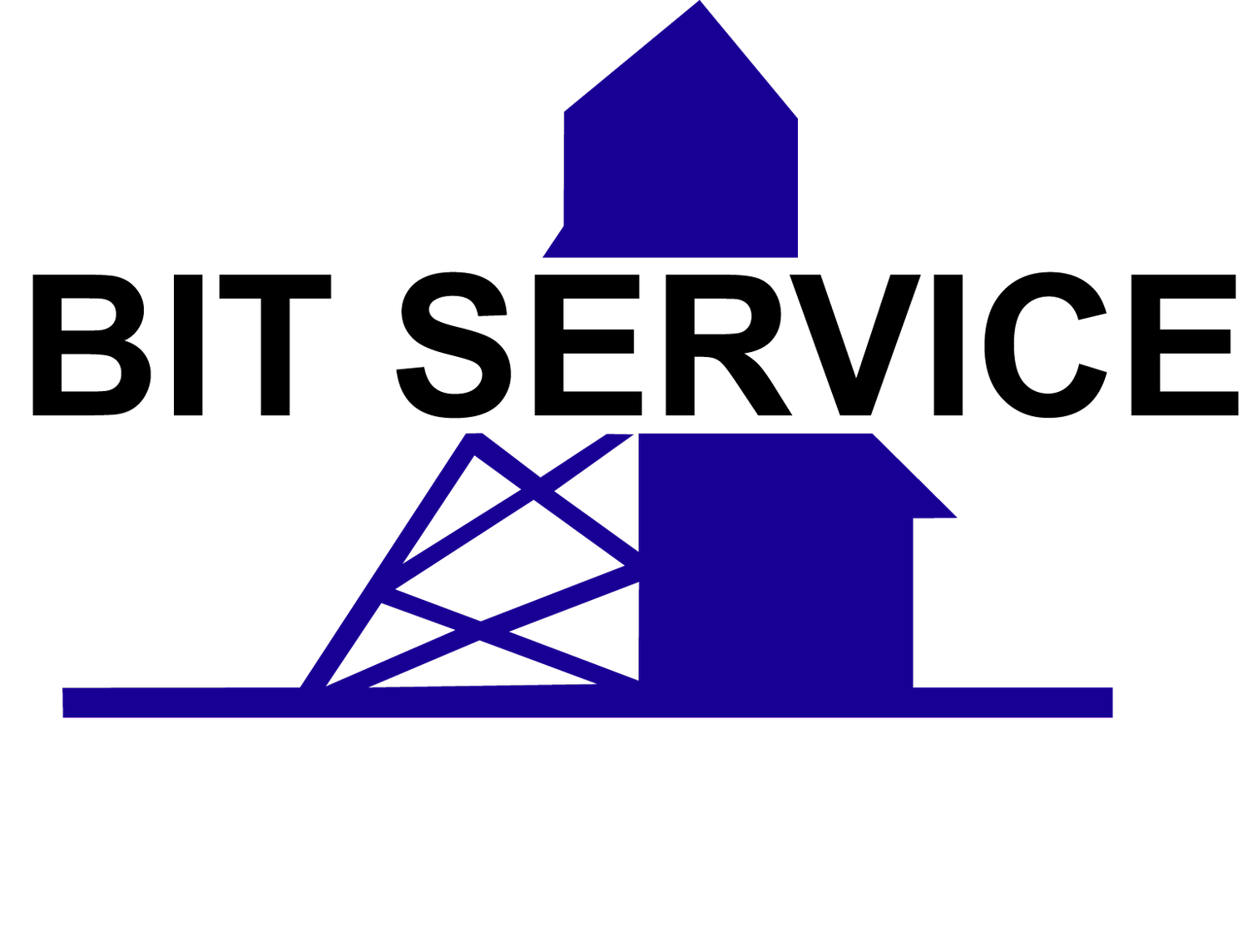How to Select a Conical Bit
Bit Service provides several services to our clients, including selecting and sourcing the right bits that they need to work for their application. Conical bit selection can be a bit of a process, but we need to find the correct bit so that clients can be satisfied with the performance characteristics and wear life. Learn our process to understand the thought that is behind bit selection.
What are our selection characteristics?
At Bit Service, we have a list of things that need to be considered when selecting bits. These will be derived from the intended use of the bit, as well as the equipment they are being used on. These include the the size and shape of the bit body, what bit retainer to use, and whether or not hard facing is required on the bit body. We consult with our clients and have a conversation about what they already know about their needs. We consider these needs, and if time is of the essence we can make suggestions based on inventory we currently have available. However, if a client doesn’t know one of these factors, we can look at previously used bits as a starting point and field test a bit to qualify how well it works under a client’s specific working conditions.
What are the considerations?
From material hardness to price, there’s a multitude of things that indicate how a bit may vary from client to client.
1. The hardness of the material being cut
The hardness of the material being cut influences the shape and size of the carbide tip. For example, If the material being cut is very hard, a narrow and sharp carbide profile will tend to have a reduced wear life and it might be better to go with a larger carbide tip in order to fracture the material rather than cut into it as you would with a softer material.
2. Speed of machine cutting
If the cutting assembly on the mining machine using the bit is spinning at a high rate, it may change what kind of retainer you use. Compromises can be made between ease of changing worn bits vs positive retention to resist the forces tending to remove the bits from their holders.
3. Type of retention
This element comes down to combinations of operator preference for ease of changing as well as conditions affecting retention. If you are looking for a bit that is easier to change when worn, friction retainers provide the highest degree of usability. However, that type may not be ideal for a bit that will need to withstand high speeds. In these cases there are many options of increasing the retention from modified friction retainers through positive external retention.
4. Bit size and diameter
This is mainly applicable to the varying sizes and applications of mining machines. A larger, higher horsepower machine exerts more force on the bits so bit size tends to increase with machine size. In most cases involving retrofit with existing equipment the mounting size is predetermined, allowing options only in bit body profile and length. For new applications and those times of full rebuild the selection of size range can be fine tuned to better answer the needs of the cutting conditions and machine capabilities.
5. Bit life expectancy and cost
Bit life and cost of operation is sometimes a challenge to balance. In order for a client to realize increased value , we would start by viewing a typical used bit to see how it wears. If the bit body is wearing out faster than the carbide, then it might be appropriate to select a bit with increased protection for the body balanced with profile for cutting performance. As well if the carbide insert is wearing prematurely, then insert profile, size and grade can be examined to provide increased performance.
Once we know everything there is to know about a client’s work and what they might need from a bit, we can offer the best recommendations.
(From left to right) A small bit used for a modular trim chain; a small bit used for a welded trim chain with a full sleeve retainer; a larger bit with an external retainer; with a hole to accept an external retainer.

